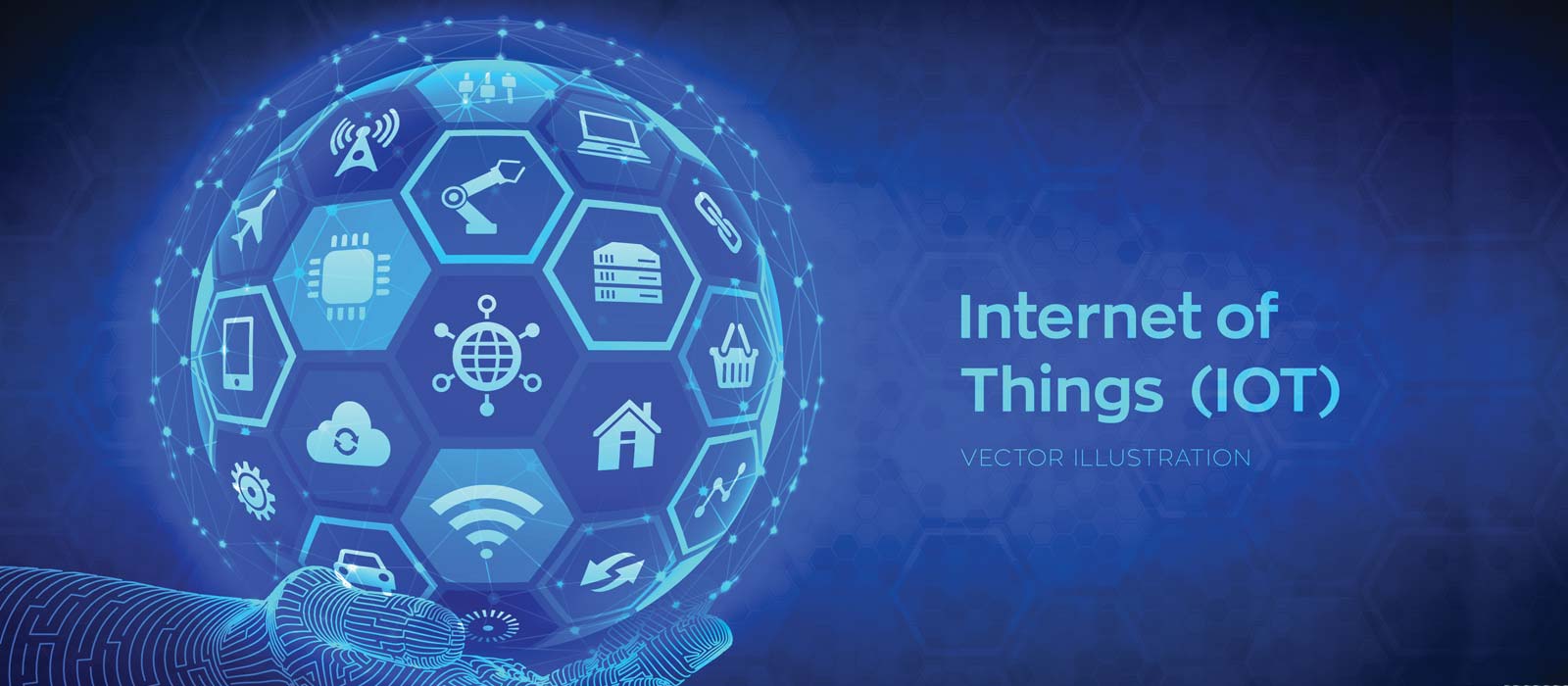
08 Jan Trends in IoT for 2020
We are in the midst of a technology revolution. The internet is everywhere; it’s on our PCs, our wrists and even in our cars. It’s happening so fast that the number of IoT-connected devices is reaching into the billions globally. The fact is that in the years to come, we’ll be personally surrounded by IoT devices by the dozens or hundreds on a given day, if not more.
The good news is that smart devices are improving how we conduct business and live our lives. IoT devices help us track everything from our health to monitoring the performance of machines on a factory floor. But, with all these connected devices come challenges and rewards that are new to everyone.
However, there’s one thing we all know for sure. As companies and developers learn to navigate the IoT, change will be constant. So, in this post, we’ll cover the good and bad for what we can expect in 2020 regarding the IoT in order to help you prepare.
Security Is an IoT Challenge
With so many devices connected to the internet, therein lies new opportunities for hackers. What can device managers do to protect their data and devices? Aside from employing basic measures like changing default passwords, device managers can implement AI-based cybersecurity measures, which can be used to scan for anomalies and detect any intrusions.
However, always be vigilant and on guard; your nemesis’ are looking for new ways every day to steal your data. Regularly perform cyber security audits and tests in order to ensure that you’re staying ahead of hackers. Educate your employees on cybersecurity as they are your best front line to prevent cyber security attacks.
Cities Will Become Smarter
Cities are digitally transforming their operations in order to improve life for residents. Once cities do implement information technology for the benefit of operations and citizens, then it becomes what we know today as a smart city.
Smart cities use IoT devices to do everything from improving traffic to helping residents find a metered parking spot. As the world becomes more urbanized, citizens appreciate the use of such technology in order to improve life as we know it. Municipalities will continue to use the IoT to enhance operations for the benefit of residents.
Big Data Becomes Bigger Than Ever
As the use of IoT devices proliferates, so too does data. Some IoT devices can generate petabytes of data daily, especially those used by global oil and gas companies to monitor pipelines, as an example. Energy companies also generate data 24/7, making data storage an issue.
In most cases, the use of the cloud presents latency issues that negatively impact the use of IoT devices. As a result, edge computing will come into play to better support the IoT. However, cloud storage may remain for the purpose of storing the troves of data that come into play with the IoT.
Voice Activated IoT Takes Off
One of the most popular consumer applications of IoT you’ll find today is the smart speaker. And voice-activated applications will only continue to grow at a rapid pace. In fact, “digital voice assistants in use to triple to 8 billion by 2023, driven by smart home devices.”
The next popular evolution of voice-activated devices for consumers that is already underway is the smart TV. More and more IoT devices will have a voice-activated feature, which will certainly carry over into business applications when it makes sense.
Connected Trucks Will Transform the Supply Chain
While there likely won’t be self-driving trucks on the road in 2020, connected trucks will do everything from keeping drivers safe to helping logistics companies track their fleet and goods, no matter the location.
For example, “IoT will forge better insights into what trucks are carrying, preventing less deadheading, or trucks carrying around empty loads.” With driver and vehicle tracking comes more effective processes in the supply chain, improving both operations for logistics companies as well as the customer experience.
Government Regulations May Be Forthcoming
While there have been several regulations presented as bills, there is yet to anything be passed in support of regulating the IoT. However, the IoT Cyber Security Improvement Act of 2019 is designed, according to lawmakers, to safeguard the IoT by enacting standards for all government-approved vendors.
The act aims to tackle the cyber security issues that plague the IoT industry but it has yet to be passed. However, California passed the nation’s first IoT security law, which requires manufacturers to require consumers to change factory-set passwords on devices like smart cameras and speakers.
Companies should keep an eye on what’s happening on the consumer end of things as those laws will likely be applied to businesses as well in the future.
Companies Will Struggle to Launch IoT Projects
As consumers demand more, companies are being forced to consider implementing IoT devices, potentially before they are ready. For this reason, failing IoT projects plague many companies.
It’s important to adopt the IoT only with an understanding of the desired business impacts. Do you aim to improve customer service? Or, do you need to predict maintenance for machines on your factory floor to reduce downtime?
Companies need to consider hiring outside help if in-house expertise isn’t available, especially since the IoT presents considerable security and deployment challenges.
Conclusion
As the use of the IoT continues to grow, so do the challenges. From cyber security threats to deriving real business value from the IoT, companies need to proceed with caution but move forward when possible in order to remain competitive, especially in industries like manufacturing, healthcare and travel, just to name a few.
As you develop a plan to implement IoT devices, seek counsel from an expert if needed. Deriving real business value from the IoT is no easy feat.

